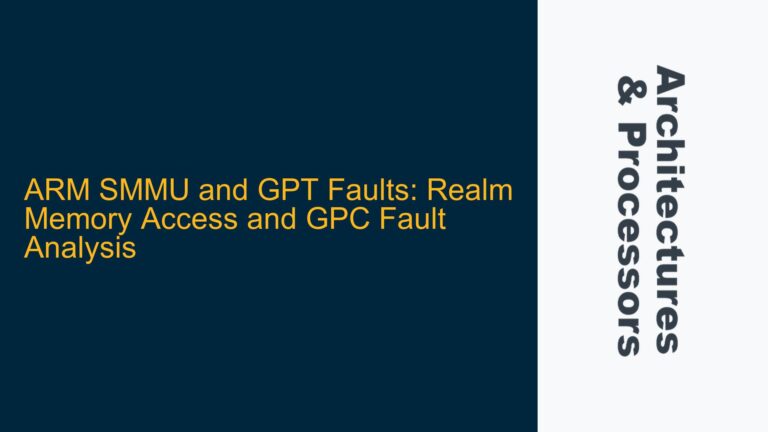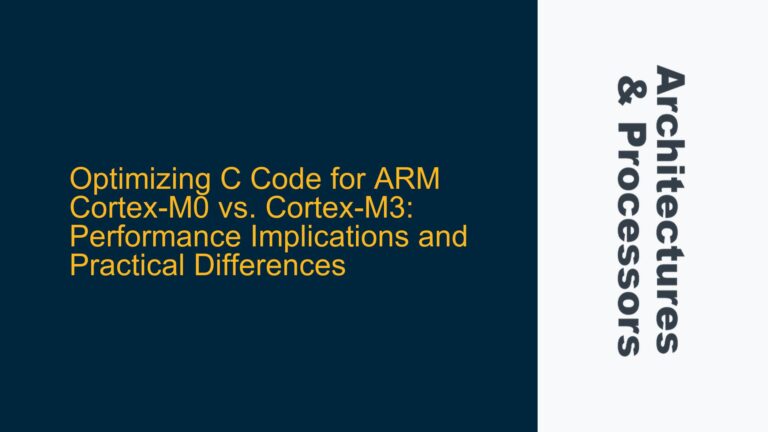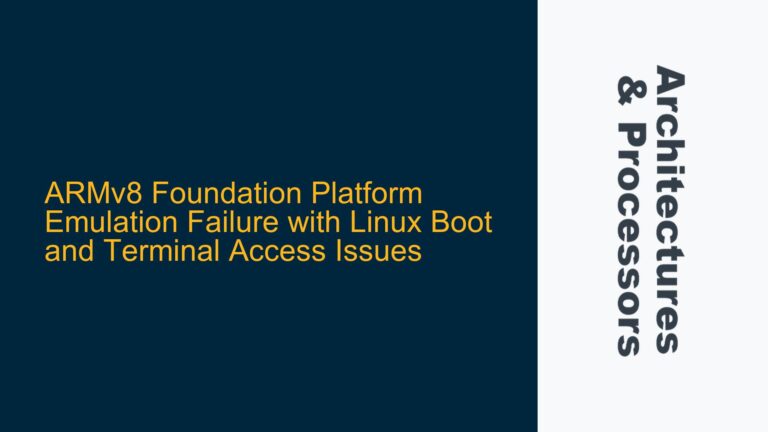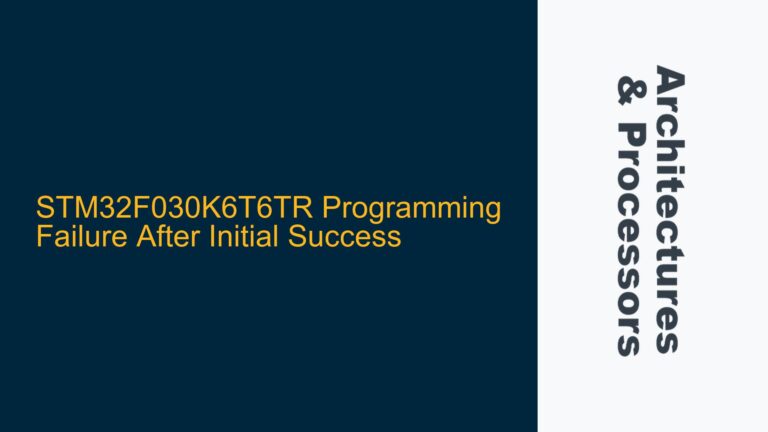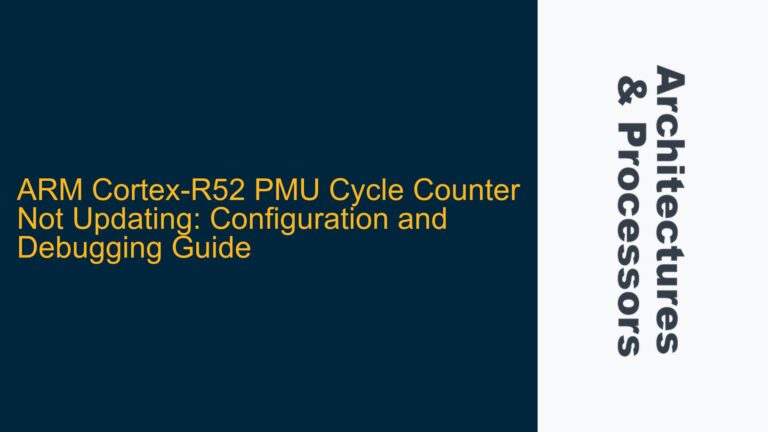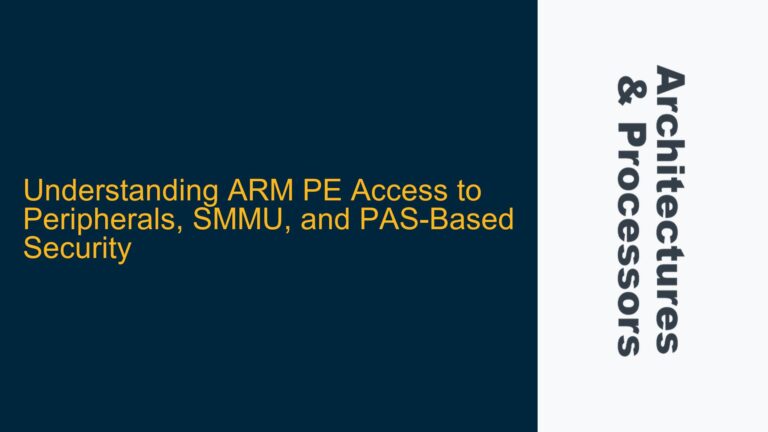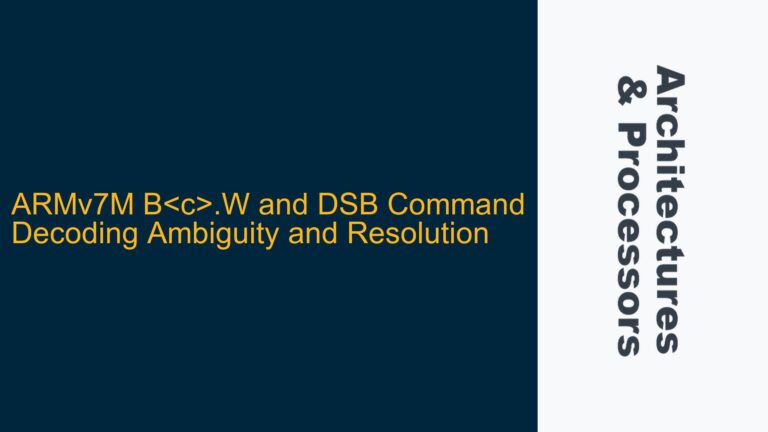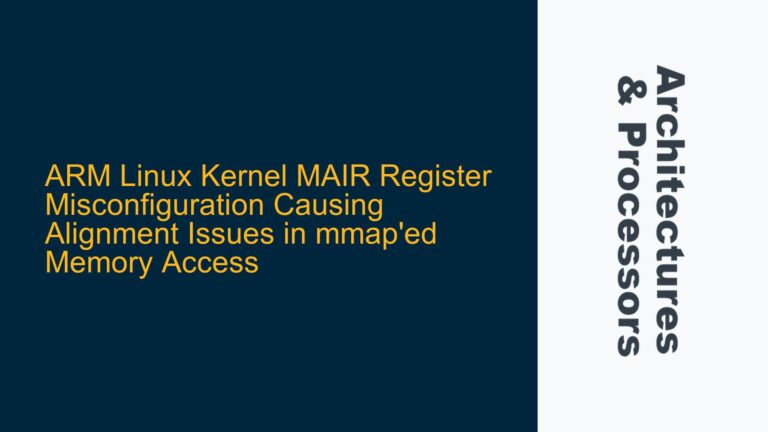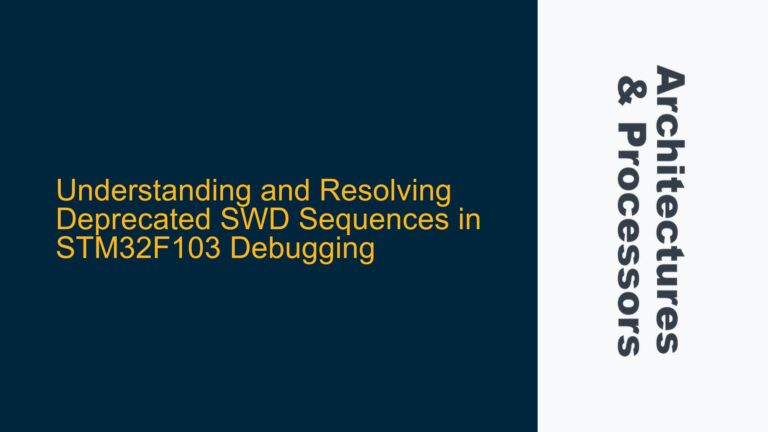ARM SMMU and GPT Faults: Realm Memory Access and GPC Fault Analysis
ARM SMMU and GPT Interaction in Realm Memory Access Scenarios The ARM System Memory Management Unit (SMMU) plays a critical role in managing memory access permissions for devices in a system. When combined with the Granule Protection Table (GPT) in ARM’s Confidential Compute Architecture (CCA), the SMMU ensures that devices adhere to strict memory access…
